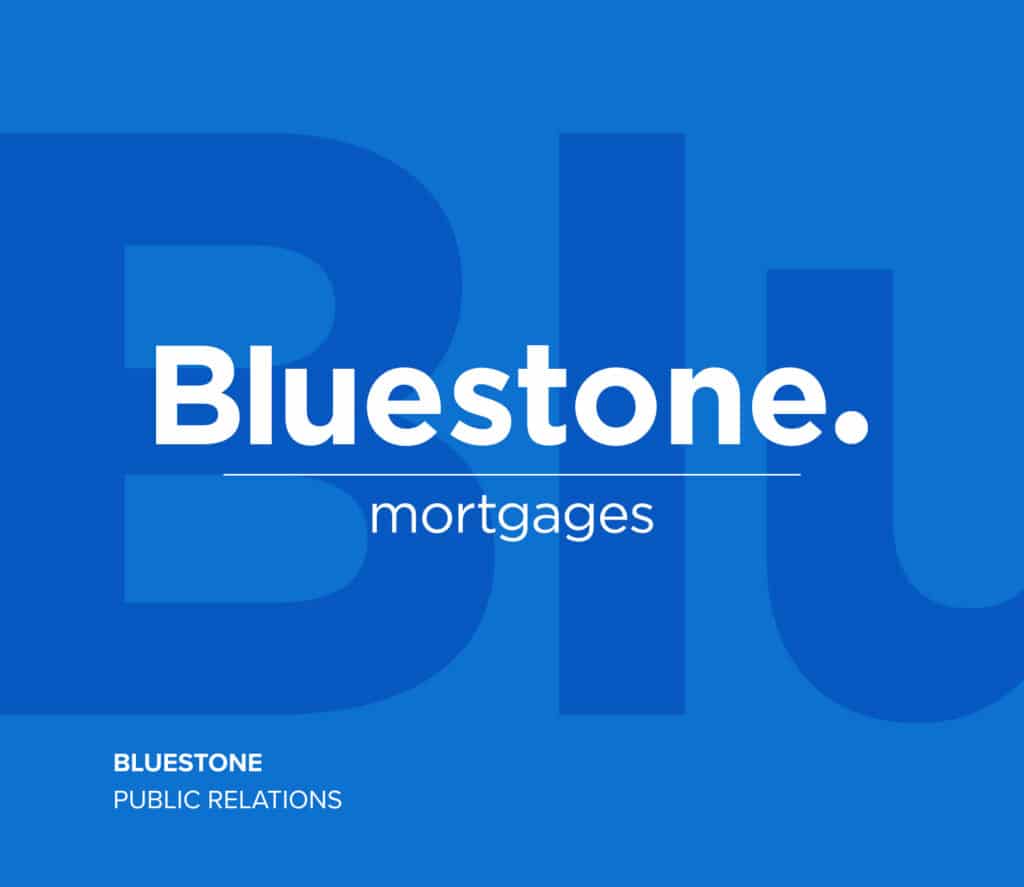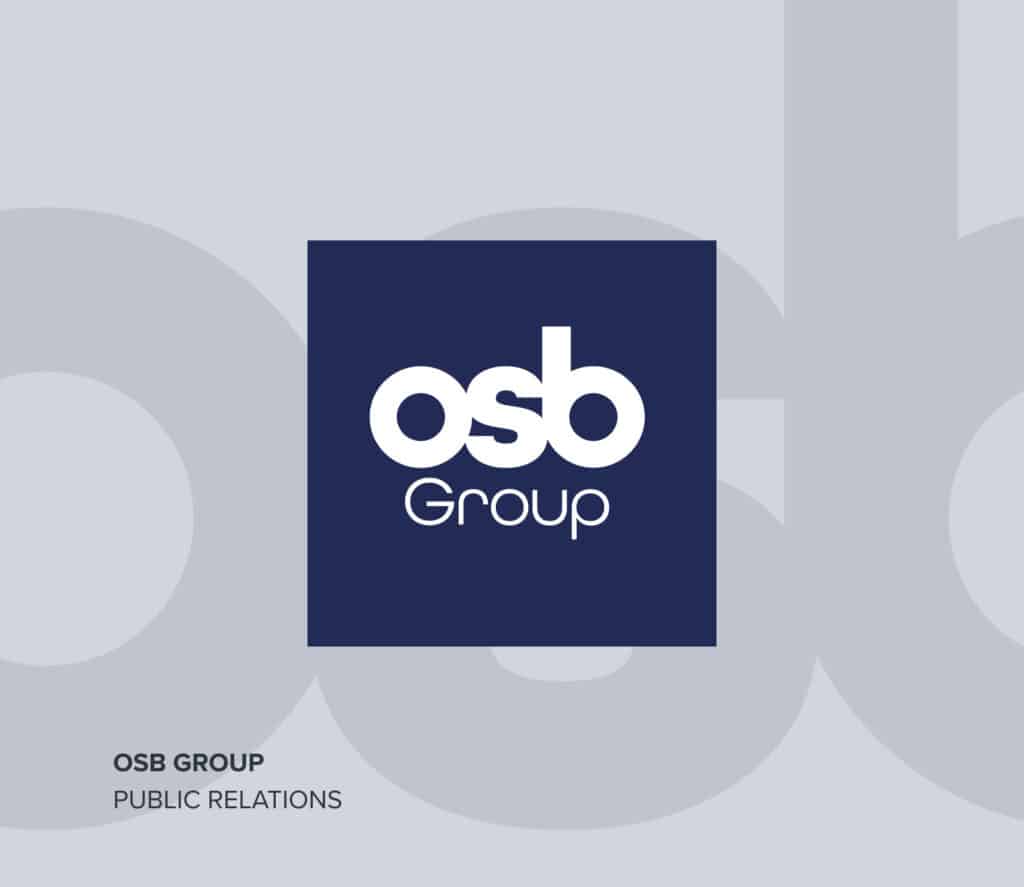Maximize ROI in Financial Services Marketing
Calculating return on investment (ROI) for time, money, and resources is critical to determine what works, and what doesn’t, to better direct marketing campaigns. Yet when it comes to ROI, nearly 35% of marketers rarely, if ever, measure the return they achieve (or fail to achieve) on their marketing spending. With marketing channels spanning from artificial intelligence (AI) personalization to more traditional advertising methods, only 38% of marketers evaluate how these efforts work together holistically to produce results.
ROI can be used by marketers in financial services to make better informed decisions regarding how they spend allocated funds. By removing guesswork from the equation, marketing initiatives can be more targeted, effective, and profitable for their organizations.
All of this can help financial institutions (FIs) understand consumer behavior across different audience segmentations. FIs that evaluate their ROI can better evaluate the benefits of upfront spending as it relates to typically more profitable financial products. From comparing competitive performance to mapping consumer engagement back to revenue growth, it can pay to maximize marketing ROI.
Establishing Clear Key Performance Metrics (KPIs)
Defining what a good marketing ROI is will vary from brand to brand when accounting for factors such as operating margins, cost of goods sold, and marketing budget. For the average marketing ROI for marketing spend, a 5:1 ratio for ROI is considered acceptable, with a 10:1 performance or higher regarded as outstanding. A traditional method for calculating ROI is to subtract marketing expenses from sales revenue attributed to marketing campaigns and then to divide that figure by the marketing expenses.
This way of determining ROI is just one metric for marketers to review. The math may not offer insight into less tangible factors that can impact campaign performance or sales conversions. A more comprehensive approach to evaluating ROI is to monitor other important measures that may indicate campaign or corporate success.
To do this, marketers can start by clearly defining what success is in terms of their unique business goals. These key performance metrics, or KPIs, typically relate to specific operations and objectives. They are also almost always quantifiable with measurable outcomes. KPIs can include set milestones in a particular campaign or overall goals for a company.
Marketers often use this data-driven decision making to bring consistency to performance analysis. These can often align with customer lifecycle benchmarks that match planned campaigns and outreach activities. KPIs are also usually more granular, offering data on specific initiatives rather than overall revenue figures.
Examples of KPIs for Marketing Budget ROI
Every organization’s KPIs will be uniquely aligned to their campaigns and overall objectives. Some common examples of KPIs that can be used to maximize marketing ROI include:
Campaign conversion rates: Demonstrates how traffic or lead interest equates to sales or a particular desired activity as a result of a call to action (CTA).
Customer acquisition cost (CAC): Calculates the total blended expenses associated with securing a new customer, often viewed as a percentage of total revenue.
Return on advertising spend (ROAS): Considers the cost of advertising to the revenue generated by a campaign to determine effectiveness of revenue generation.
Customer lifetime value (CLV): Explores the total potential revenue generated across the duration of a customer account considering upsells, cross-sells, and renewals.
Brand exposure: Collects data on brand awareness including impressions, followers, and click through rates to determine potential audience reach and market penetration.
Understanding Different Marketing Channels
Where marketing takes place can also have an impact on KPIs and ROI calculation. Factoring in marketing channels is important for how to calculate a marketing budget into ROI because various platforms will tend to produce different results. Marketers can assess typical ROI for a channel before getting started to decide whether the opportunity will be a good fit for their budget and their KPI goals.
Marketing channels, also known as distribution channels, are the platforms or methods used to deliver a marketing message. These are often aligned with the places where people are exposed to messaging. Examples of common marketing channels include websites, email messages, mobile apps, paid advertising, text messages, direct mail, social media, and search engine optimization.
Each marketing channel comes with its own costs and expectations for performance in marketing budget ROI. Marketers can work to better understand each channel through market research that delves into potential ROI as well as insights into where target audiences are most likely to engage.
For example, in 2023, direct mail yielded an average ROI of 161% compared to 44% for email marketing. Social media marketing falls in the middle with an average of 45% ROI, but different social networks tend to yield different results.
These differences are partly because each channel caters to different audiences, which means marketers should select channels not only based on expected ROI but also on where their target audiences are more likely to frequent. For example, a FI looking to increase conversions on retirement products may not have the highest ROI by placing ads on TikTok, where only 8.7% of users are between the ages of 60 and 78.
Audiences may also be more prime for action depending on the channel and their priorities. An individual actively searching for financial products who is served paid search content may be more likely to make a purchasing decision than someone who sees a social media post while scrolling through their feed to pass time.
Marketing channels also offer different opportunities for personalization, which can have a significant impact on ROI. Personalizing marketing can reduce CAC by up to 50% and increase overall ROI by 10-30%. Seventy-one percent of consumers expect the marketing they receive to be personalized, but not every marketing channel is equipped for this approach.
The most effective marketing strategies for financial services are those that take an omnichannel approach, or that message prospective customers across multiple platforms. Consumers are seeking information and making decisions about financial services across channels, with different demographics trending toward different platforms. For example, 56% of Gen Z and Millennials look for financial advice on social media, yet 26% of traffic to FI websites is direct, implying referrals or brand awareness are driving consumers to seek out information. By having a presence across channels, FIs can be sure to capture the attention of consumers with various shopping behaviors.
Testing Marketing Campaign Effectiveness
Even before getting started with a campaign launch, marketers can test the potential effectiveness of their ideas. Focus groups can help marketers understand how their messaging may be received by different target audiences. This provides opportunities for changes to messaging, images, and calls to action that will ideally resonate for increased conversions.
Once a marketing campaign starts, marketers can monitor performance to fine tune messaging. One method for this can be A/B testing, or split testing, different versions of a marketing asset are distributed to smaller subsets of marketing targets to compare their performance. The higher performing asset can be used for broader delivery to optimize marketing budget ROI. A/B testing can be used to test email subject lines to improve open rates, web ads to increase clicks, landing pages to boost submissions, and even mobile app notifications to compel users to take specific action.
Randomized control trials (RTCs) are another way for marketers to assess impact. For RTCs, one group is sent a specific marketing message while a control group is excluded. The results for a particular metric (e.g. conversions, sales, clicks) are measured to determine whether the marketing message had a positive impact on the outcome. Since those included in each group are blindly randomized, the test can also help eliminate bias in the results.
Testing can include more than just the text in a particular marketing resource. Image placement, size, and inclusion can have a direct effect on how a user engages with an asset. Layout and the order of information can lead readers to act at different times. Even color choice can have an impact on catching a user’s attention and relaying different meanings to influence behavior. (One study showed that a color contrasting CTA button can increase conversions by 35.81%.)
Marketers should be prepared to test campaign effectiveness regularly to confirm alignment with their KPIs. Instead of waiting for an entire campaign to be completed, marketers can monitor performance iteratively and fine tune their messaging or approach to optimize results.
Making the Most of Available Marketing Technologies
Having the right tech stack in place to support marketing efforts in a digital-first world can also help when it comes to how to calculate marketing budget into ROI. Reliable reporting helps marketers accurately assess performance across different channels.
Many advertising platforms will have built-in analytics to help marketers benchmark campaign performance. For example, social media sites will have default reports for engagement statistics such as likes or impressions, and Google Analytics can provide real-time metrics around website traffic and activity. Marketing automation tools that distribute email messaging can provide insights into open rates and attribute conversions to specific links within an email.
Marketers need to synthesize this information to align the data with KPIs and form logical conclusions regarding campaign performance. Creating a centralized report with various findings in a consistent format can simplify this analysis. One common categorization for reviewing data can include performance by month across each channel to identify behavior and engagement patterns. This can also help marketers factor in extenuating circumstances such as holidays or major weather events that can impact outcomes.
Surveying already acquired customers can provide additional insights. FIs can poll customers to determine brand perception and engagement including likelihood of retention and referrals. This behavior analysis can shed light on ideal customer personas and help marketers further target their efforts. Survey platforms can give marketers real-time access to results and allow for anonymity for respondents, which can lead to improved engagement.
Marketing campaign insights can also provide input on trend analysis in the broader picture of financial services. Analytics regarding high-performing messaging and offers can help FIs adjust their products and services to keep up with industry shifts based on each buyer persona under review.
Technology also drives personalization efforts, which are shown to boost engagement in financial services. Not only can personalization open email rates (by up to 26%), but it can also open the door for providing relevant, relatable products to ready-to-act consumers. Seventy-two percent of consumers find financial products more valuable when they’re personalized to their needs. Making timely suggestions regarding financial products likely to fit a particular persona (e.g. “Customers who utilized these financial marketing services also used…”) can also help improve marketing budget ROI by limiting efforts to those most probable to have a desired result.
Marketers can also explore how to leverage AI tools to reach new audiences or expand brand awareness. Advertising platforms such as Google Ads are integrating AI to better predict user engagement and serve ads to those most likely to act, helping to maximize marketing ROI with better targeting. AI platforms can also research keywords and topics through social listening and guide marketers to generate relevant content. AI tools can automate reporting with robust data analysis that can tie back directly to established KPIs.
Maximizing Marketing ROI for Financial Institutions
Marketing leaders have a substantial opportunity to maximize marketing returns through effective marketing strategies for financial services companies. Factoring return on investment and determining key performance indicators can help these leaders align proposed campaigns efforts directly with marketing efforts to optimize spending and profits. Understanding how different channels can be incorporated into a marketing strategy with ROI at its core can help marketing leaders focus their attention on activities most likely to lead to organizational success, and with the metrics to prove it.
At Vested, we help marcom leaders analyze how different channels and messages will resonate with target audiences with an eye to ROI from the start. Our integrated marketing strategies span channels, technologies, and audiences to provide a holistic approach to everything from brand awareness to lead generation. Learn more about how Vested’s marketing consultants can help your company maximize marketing ROI.


